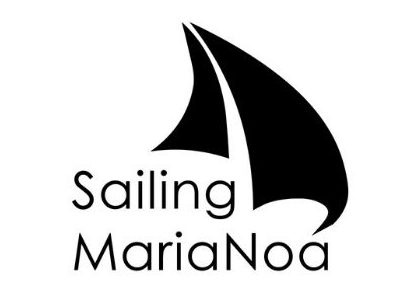Heute machen wir einen wichtigen Sprung – vom Atlantik in den Pazifik durch den Panamakanal. Vor uns liegt die endlose Weite des Pazifiks. Nächster Stop sind die Galapagosinseln.
Today we are making an important leap – from the Atlantic to the Pacific through the Panama Canal. Before us lies the endless expanse of the Pacific. Next stop is the Galapagos Islands.
The matching YouTube-film to this article is https://youtu.be/XDLvTzdx5GA

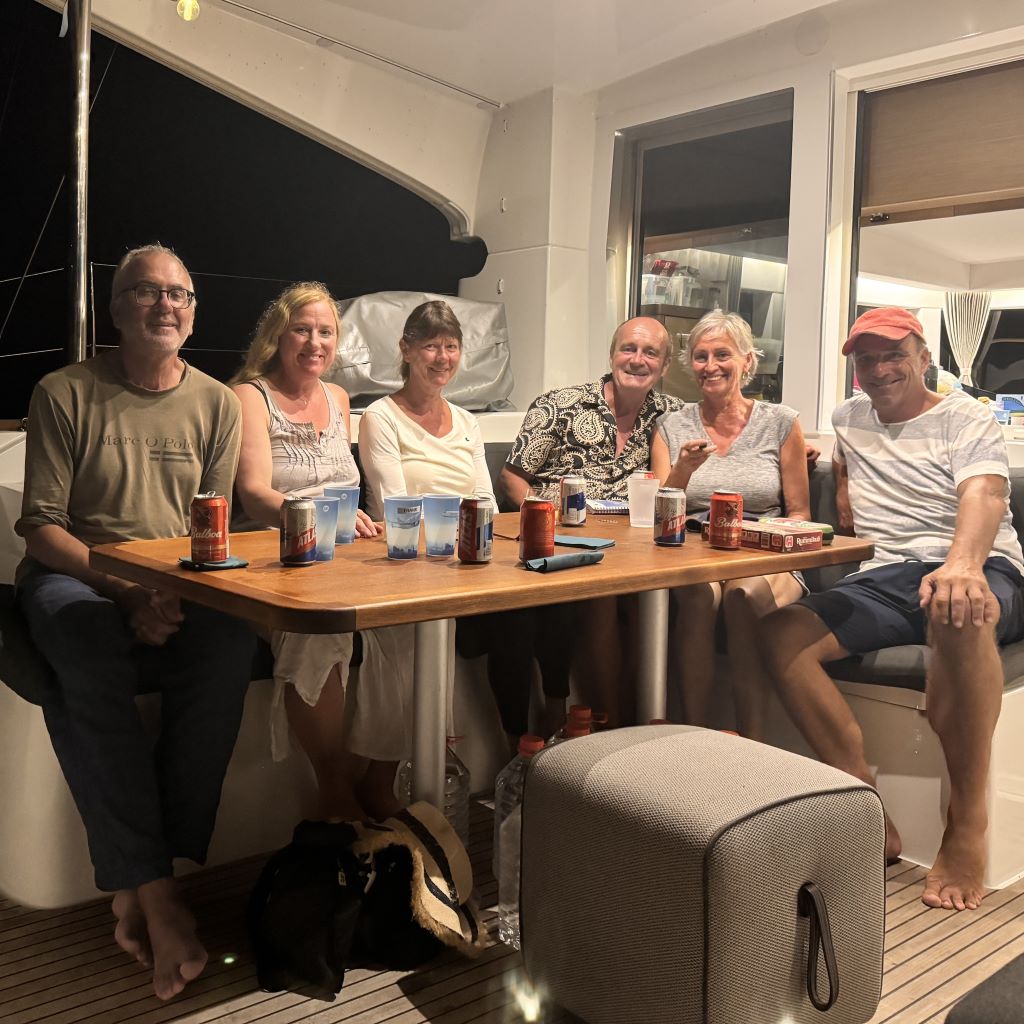
Wer wir sind
Who we are
Wir sind Brigitta&Hannes und segeln mit unserem Katamaran MariaNoa seit 3 Jahren entlang der Barfussroute. Gestartet sind wir im Februar 2021 an der Französichen Atlantikküste, sind über die Kanaren und Kapverden über den Atlantik nach Barbados in der Karibik gesegelt. In der Ostkaribik haben wir nahezu jedes Land von Grenada bis zu den British Virgin Islands ersegelt bevor wir in unserer ersten Hurrikan Saison die ABC-Inseln und Kolumbien besucht haben. Weiter ging es über die Dominikanische Republik, Turks and Caicos, Bahamas und Florida nach Kuba, Mexiko und Belize nach Guatemala. Hier am Rio Dulce hatten wir einen Blitzeinschlag und mussten ein halbes Jahr das Schiff reparieren. Anfang 2024 konnten wir endlich unsere Reise über die Bay Islands Honduras zu den San Blas Inseln Panama fortsetzen.
We are Brigitta&Hannes and have been sailing along the barefoot route with our catamaran MariaNoa for 3 years. We started in February 2021 on the French Atlantic coast and sailed across the Atlantic to Barbados in the Caribbean via the Canary Islands and Cape Verde. In the Eastern Caribbean we sailed to almost every country from Grenada to the British Virgin Islands before visiting the ABC Islands and Colombia in our first hurricane season. We continued via the Dominican Republic, Turks and Caicos, Bahamas and Florida to Cuba, Mexico and Belize to Guatemala. Here on the Rio Dulce we had a lightning strike and had to repair the ship for six months. At the beginning of 2024 we were finally able to continue our journey via the Bay Islands of Honduras to the San Blas Islands of Panama.
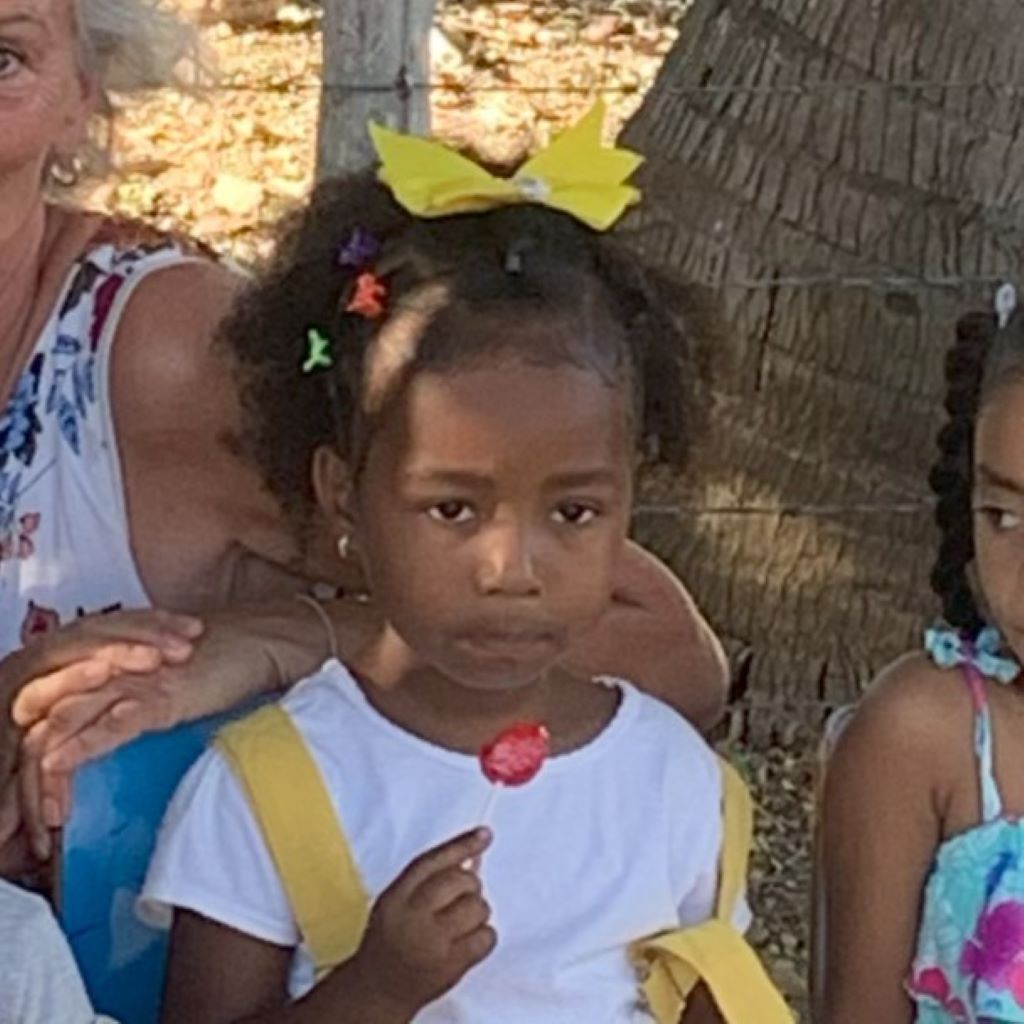
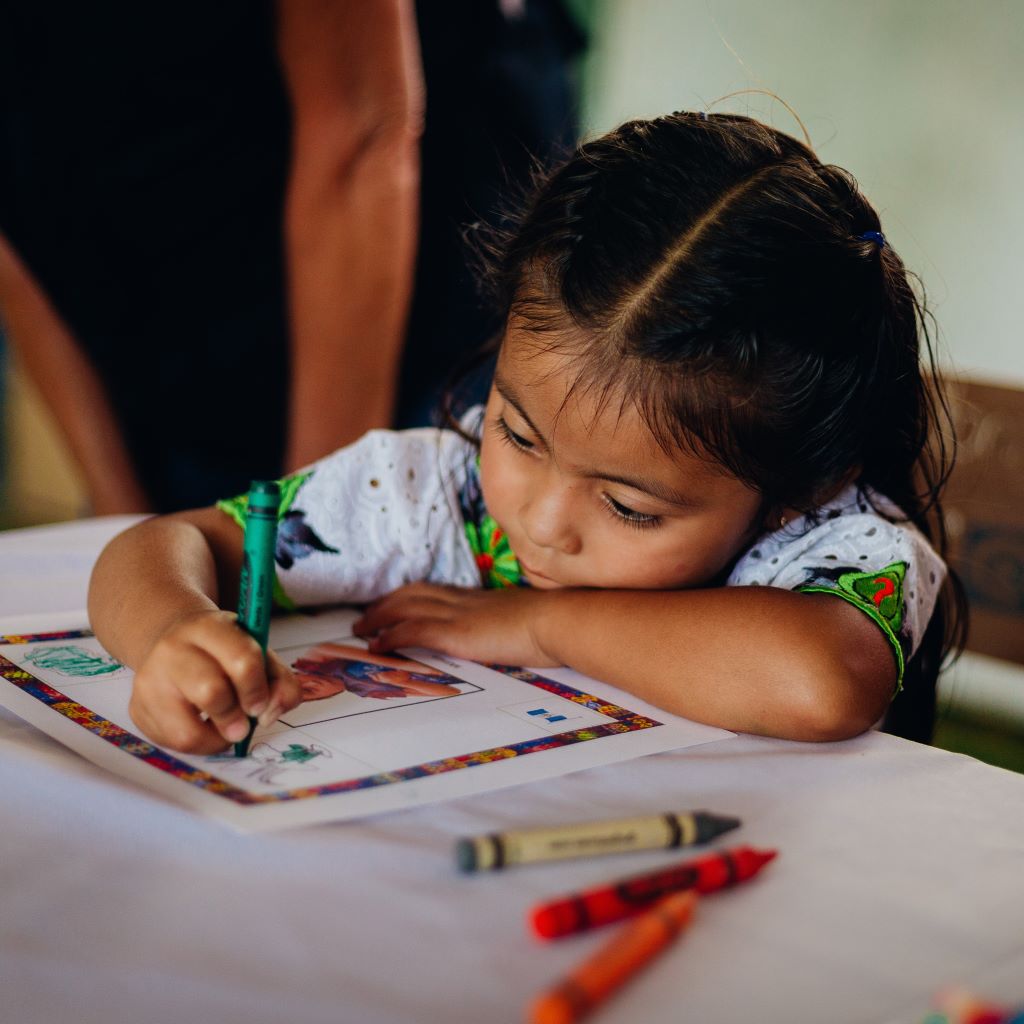
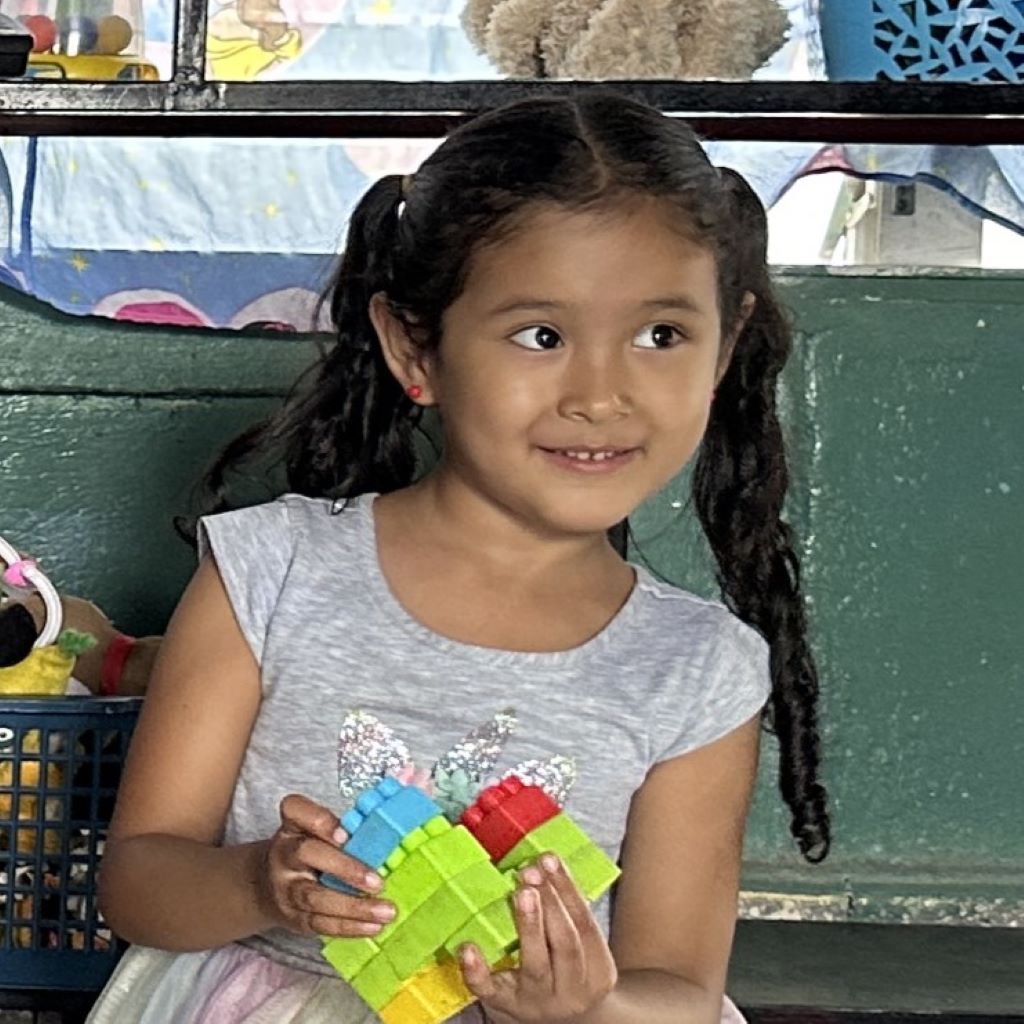
Wir besuchen unsere Plan-Patenkinder. Nach Nicole in der Dominikanischen Republik und Monica in Guatemala haben wir Valentina in Honduras besucht.
We visit our plan sponsored children. After Nicole in the Dominican Republic and Monica in Guatemala, we visited Valentina in Honduras.
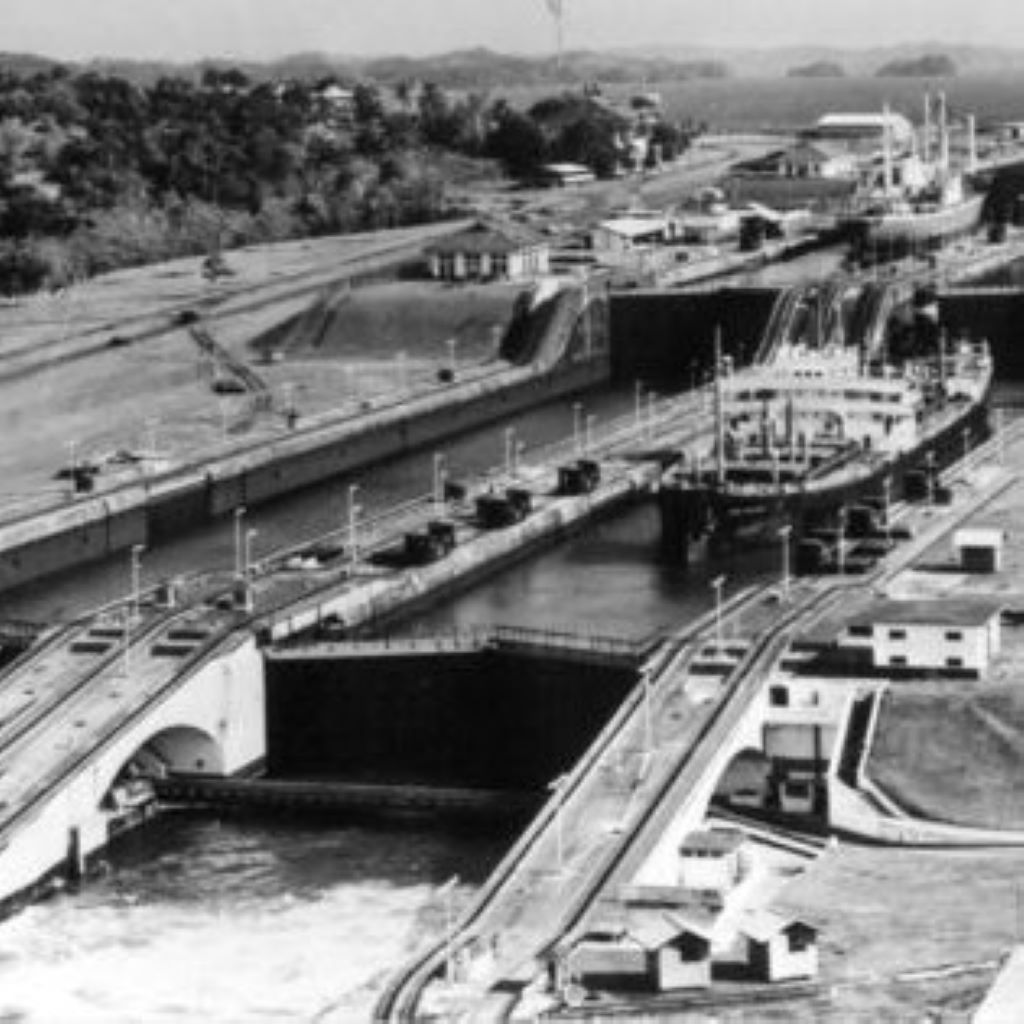

Geschichte des Panamakanals
History of the Panama Canal
Nach dem finanziellen Erfolg des 1869 eröffneten Suezkanals in Ägypten wurde in Frankreich davon ausgegangen, dass ein Kanal, der Atlantik und Pazifik miteinander verbindet, ebenso einfach zu bauen wäre und begann 1881 mit den Arbeiten, die aber nur bis 1889 andauerten.
Gebaut werden sollte ein schleusenloser Kanal über den Isthmus von Panama mit einer Länge von 73 Kilometern. In der Bauzeit starben 22.000 Arbeiter.
After the financial success of the Suez Canal in Egypt, which opened in 1869, France assumed that a canal connecting the Atlantic and Pacific would be just as easy to build and work began in 1881, but only lasted until 1889.
A lockless canal with a length of 73 kilometers was to be built across the Isthmus of Panama. 22,000 workers died during the construction period.


Die Kanalgesellschaft verkaufte 1902 den Gesamtkomplex für 40 Millionen US-Dollar an die Vereinigten Staaten. Im November 1903 landeten US-Truppen, besetzten das Gebiet und riefen den unabhängigen Staat Panama aus. Sie beanspruchten die Nutzung einer Kanalzone in der Breite von zehn Meilen.
Sowohl auf der Atlantik- als auch der Pazifik-Seite wurden jeweils zwei Wasserstraßen mit jeweils 3 hintereinander liegenden Schleusen angelegt. Die Schiffe werden hierbei auf das Niveau des künstlich angelegten Gatunsee angehoben, der weite Teile Panamas überflutet, vielen Ureinwohnern ihre Heimat nahm. Während der Bauarbeiten 1906–1914 starben 5.609 Arbeiter an Unfällen und Krankheiten. Insgesamt forderte der Bau somit circa 28.000 Menschenleben.
The canal company sold the entire complex to the United States in 1902 for $40 million. In November 1903, US troops landed, occupied the area and proclaimed the independent state of Panama. They claimed use of a canal zone ten miles wide.
Two waterways were created on both the Atlantic and Pacific sides, each with 3 locks one behind the other. The ships are raised to the level of the artificially created Lake Gatun, which flooded large parts of Panama and deprived many native people of their homes. During construction work from 1906 to 1914, 5,609 workers died from accidents and illnesses. In total, the construction claimed around 28,000 lives.

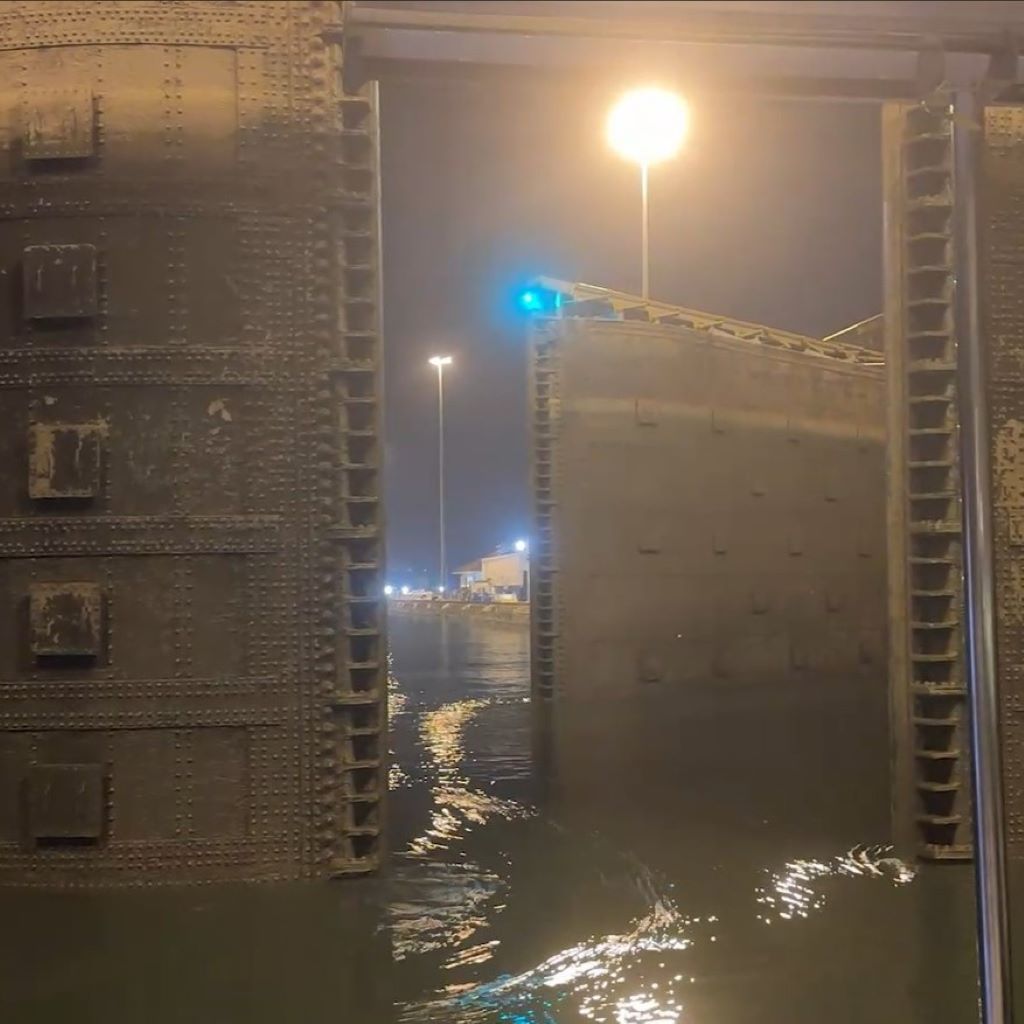
Die ursprünglichen Schleusen durchfahren auch heute die meisten Schiffe, die in ihren Abmessungen die Maße der s.g. Panamax-Klasse nicht überschreiten. Diese Schiffe sind max. 294 m lang und 32 m breit. Der Tiefgang ist auf 12 m begrenzt. Sie können bis zu 5.000 Standardcontainer transportieren. Die Schiffe steuern hierbei nicht selbst. Sie werden von s.g. Treidellokomotiven cm-genau in der Schleuse gehalten und bewegt.
Most ships still pass through the original locks today, the dimensions of which are the same as those of the so-called Do not exceed Panamax class. These ships are a maximum of 294 m long and 32 m wide. The draft is limited to 12 m. You can transport up to 5,000 standard containers. The ships do not steer themselves. They are controlled by so-called Tread locomotives are held and moved in the lock with centimeter precision.

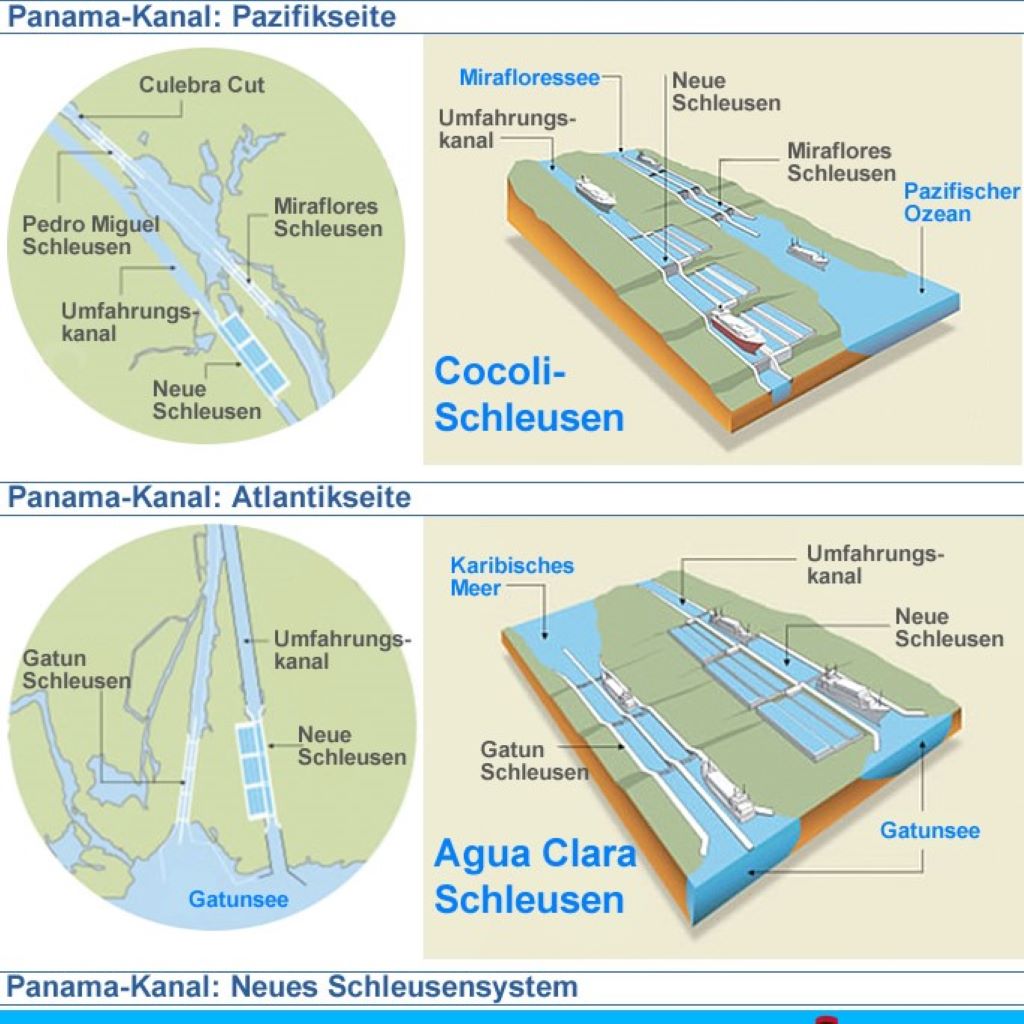
Der Panamakanal wurde seit 2007 ausgebaut und erweitert. Dazu wurde auf beiden Seiten, der atlantischen und der pazifischen Seite, neben den existierenden je eine neue, dreistufige Schleusenanlage gebaut, deren Kammern nun 55 m breit und 427 m lang sind. Die Erweiterung des Kanals wurde am 26. Juni 2016 feierlich in Betrieb genommen.
The Panama Canal has been expanded and expanded since 2007. For this purpose, a new, three-stage lock system was built on both sides, the Atlantic and the Pacific, next to the existing ones, the chambers of which are now 55 m wide and 427 m long. The extension of the canal was officially put into operation on June 26, 2016.

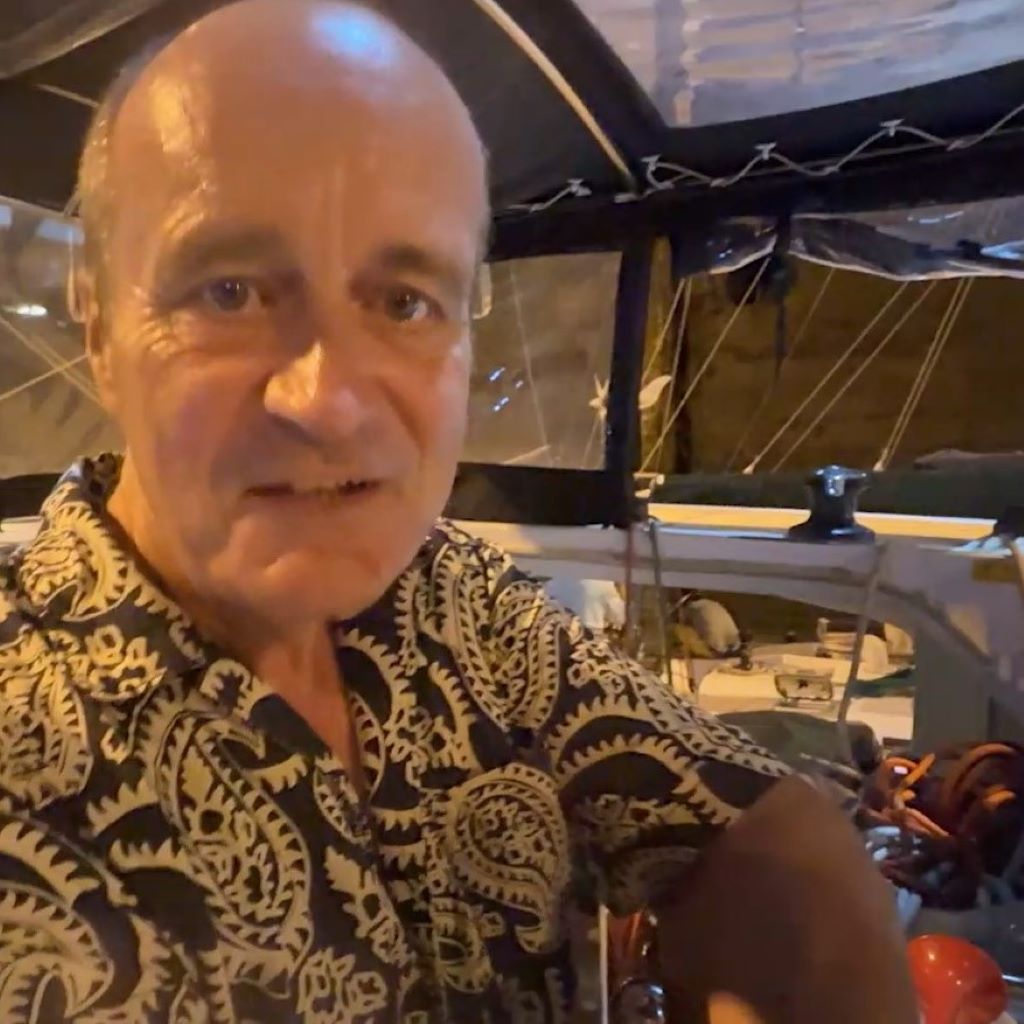
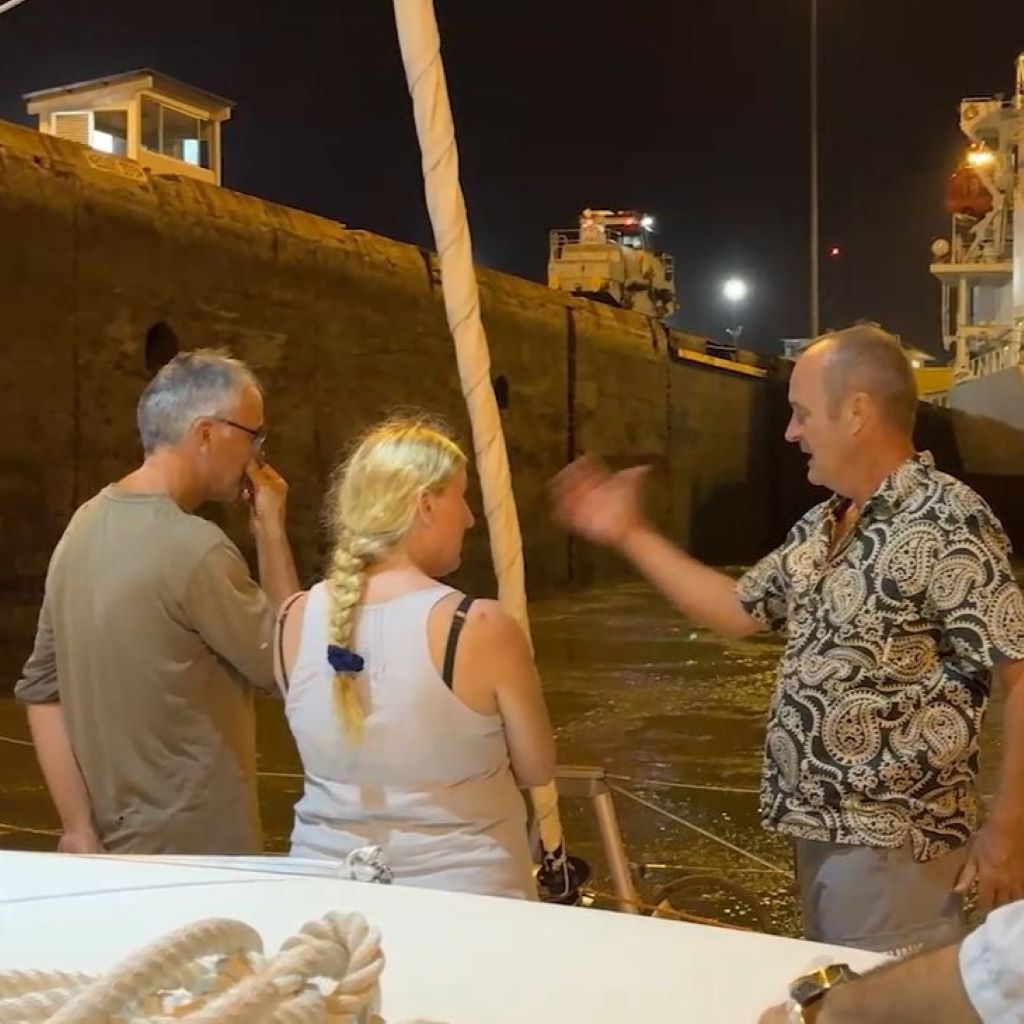
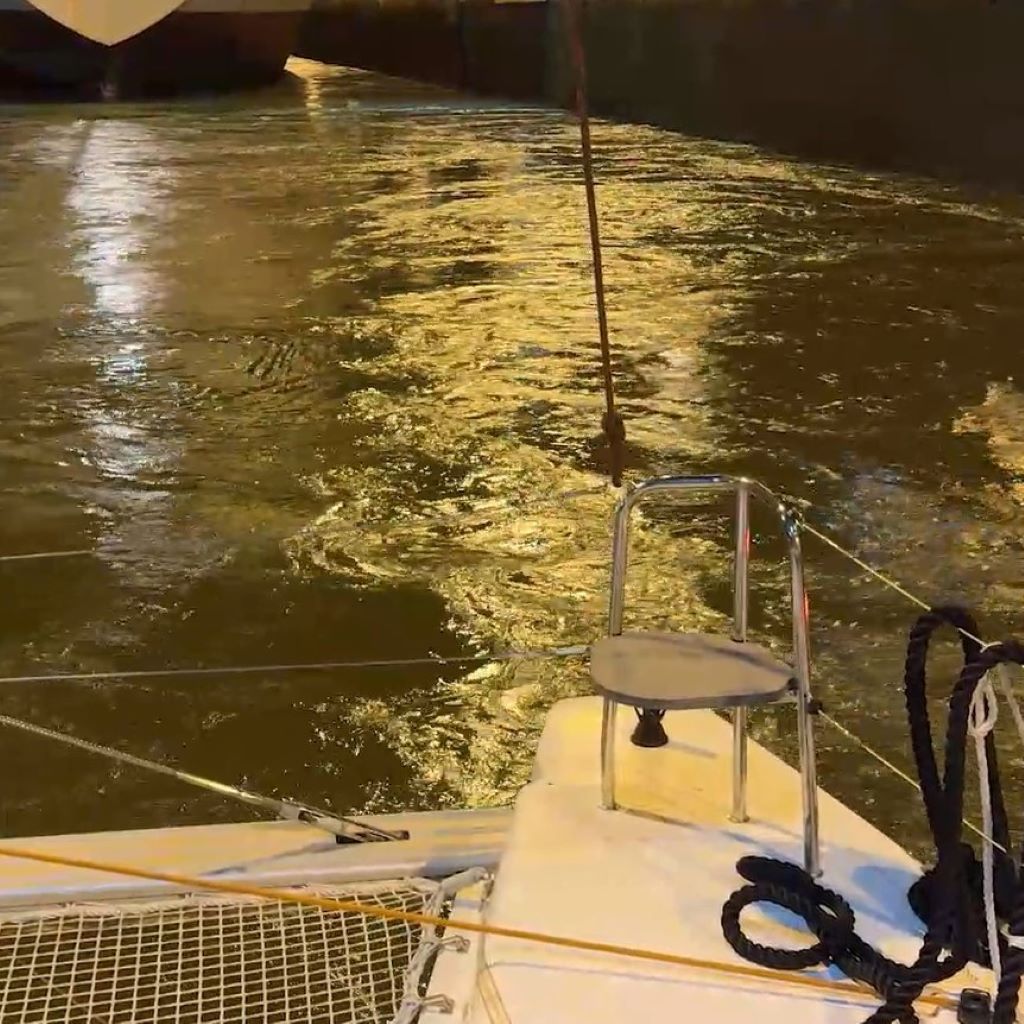
Diese neuen Schleusen können von Schiffen der s.g. Neopanamax-Klasse befahren werden. Die Schiffe transportieren bis zu 14.000 Standard-Container und sind 366 m lang, 49 m breit und 15 m tief.
Die aktuell größten Containerschiffe der s.g. Megamax bzw- EvergreenA-Klasse sind 400 m lang und können bis zu 25.000 Container transportieren. Sie werden ausschließlich auf Routen eingesetzt, die den Panamakanal nicht passieren.
These new locks can be accessed by ships from the so-called Neopanamax class. The ships transport up to 14,000 standard containers and are 366 m long, 49 m wide and 15 m deep.
The currently largest container ships in the so-called Megamax or EvergreenA class are 400 m long and can transport up to 25,000 containers. They are only used on routes that do not pass through the Panama Canal.
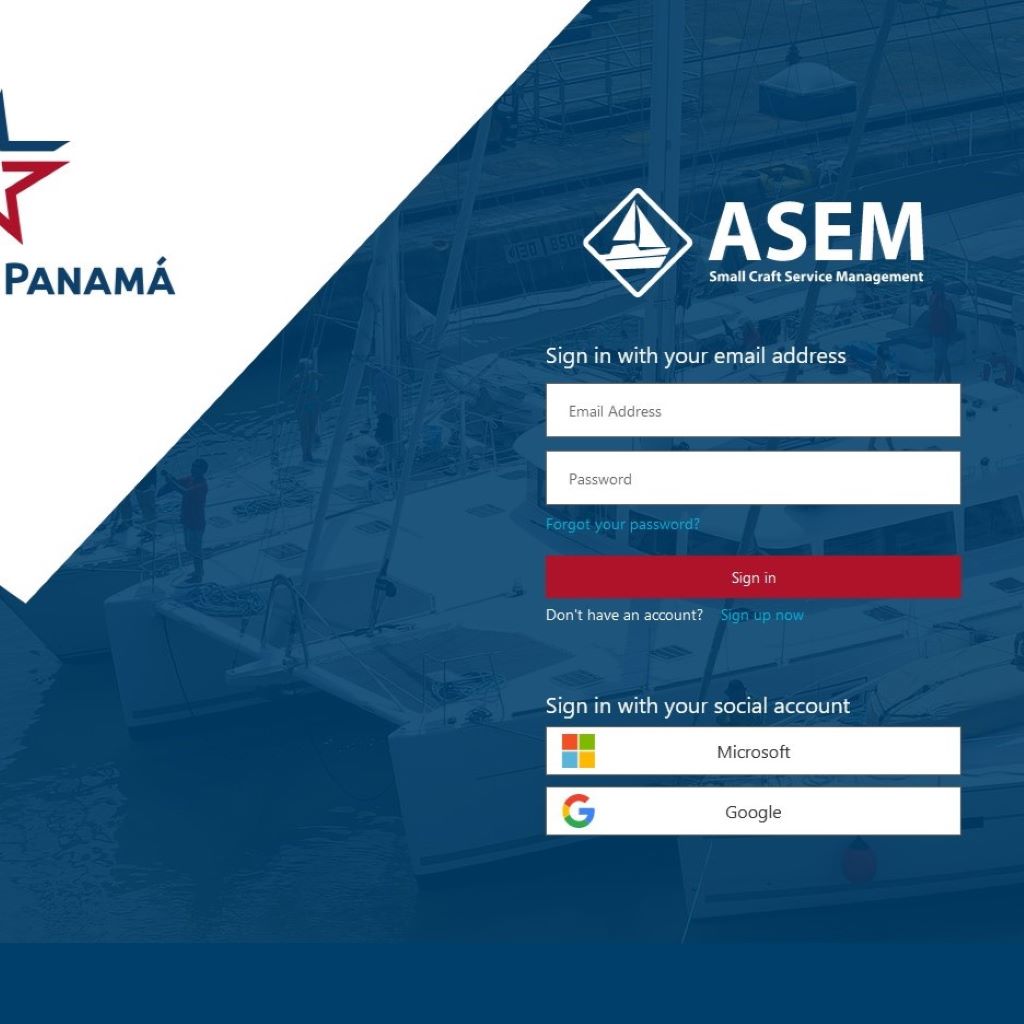
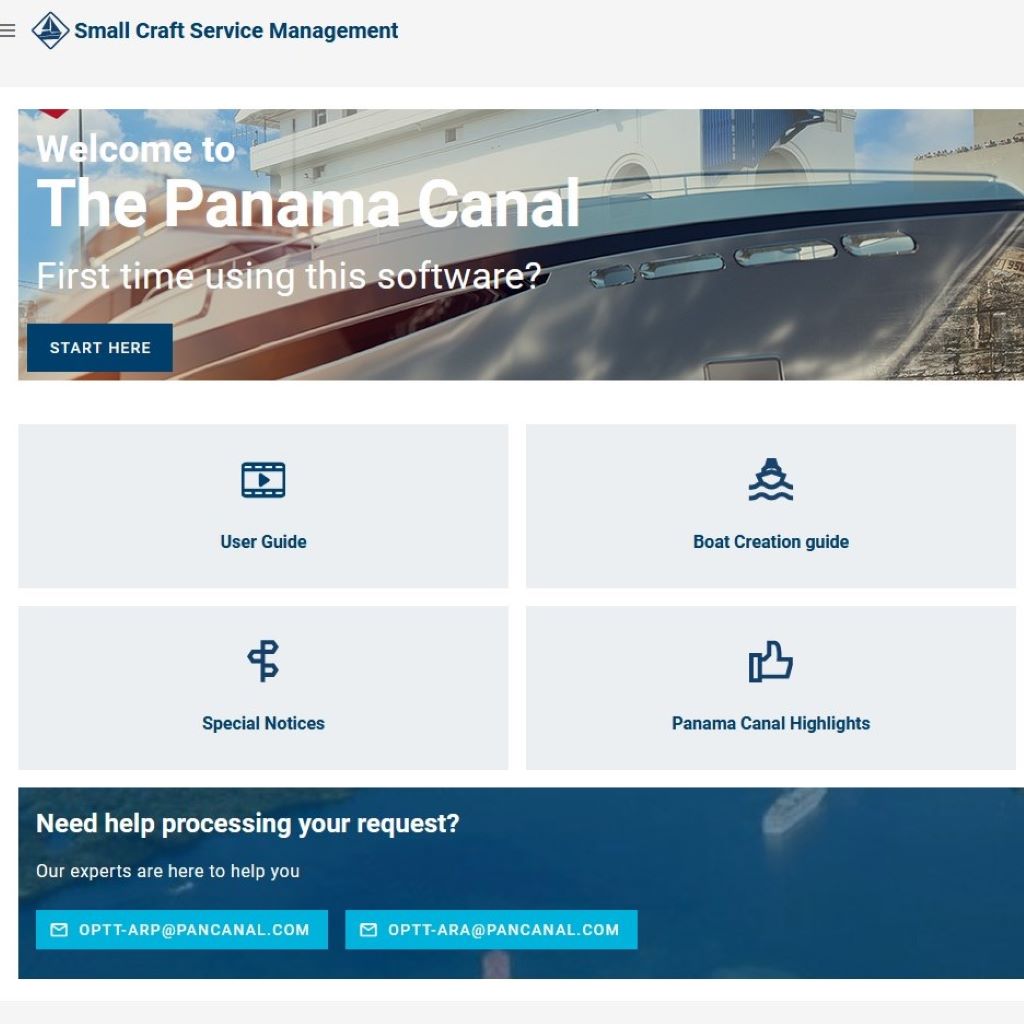
Beantragung
Application
Um als Kleinboot eine Passage zu beantragen, gibt es generell zwei Wege – mit oder ohne Agent. Der Agent berechnet 450 $ nimmt einem aber auch viel Arbeit ab. Entscheidet man sich wie wir, die Beantragung selbst durchzuführen, geht man rechtzeitig – also mindestens vier Wochen vor dem geplanten Passagetermin – auf die hierfür eingerichtete website https://asem.pancanal.com/. Hier ist zunächst das Schiff anzulegen und dann der geplante Transit. Die Angabe der Bootsgeschwindigkeit kann mitentscheidend sein, ob die Passage in einem oder zwei Tagen erfolgt. Nach der Einzahlung der ermittelten Gebühren – bei uns waren es 2.220 $ zzgl. ein Deposit von 1.060 $, welche nach schadensfreiem Transit zurückgezahlt werden – ist der Termin unter +507 272-4202 telefonisch abzustimmen.
There are generally two ways to apply for passage as a small boat – with or without an agent. The agent charges $450 but also does a lot of work for you. If, like us, you decide to carry out the application yourself, go to a specific website (https://asem.pancanal.com/) at least four weeks before the planned passage date. First your ship must be discribed and then the planned transit. The information about the boat speed can be a deciding factor if the passage takes place in one or two days. After paying the determined fees – for us it was $2,220 plus a deposit of $1,060, which will be repaid after damage-free transit – the appointment must be arranged by telephone (+507 272-4202).
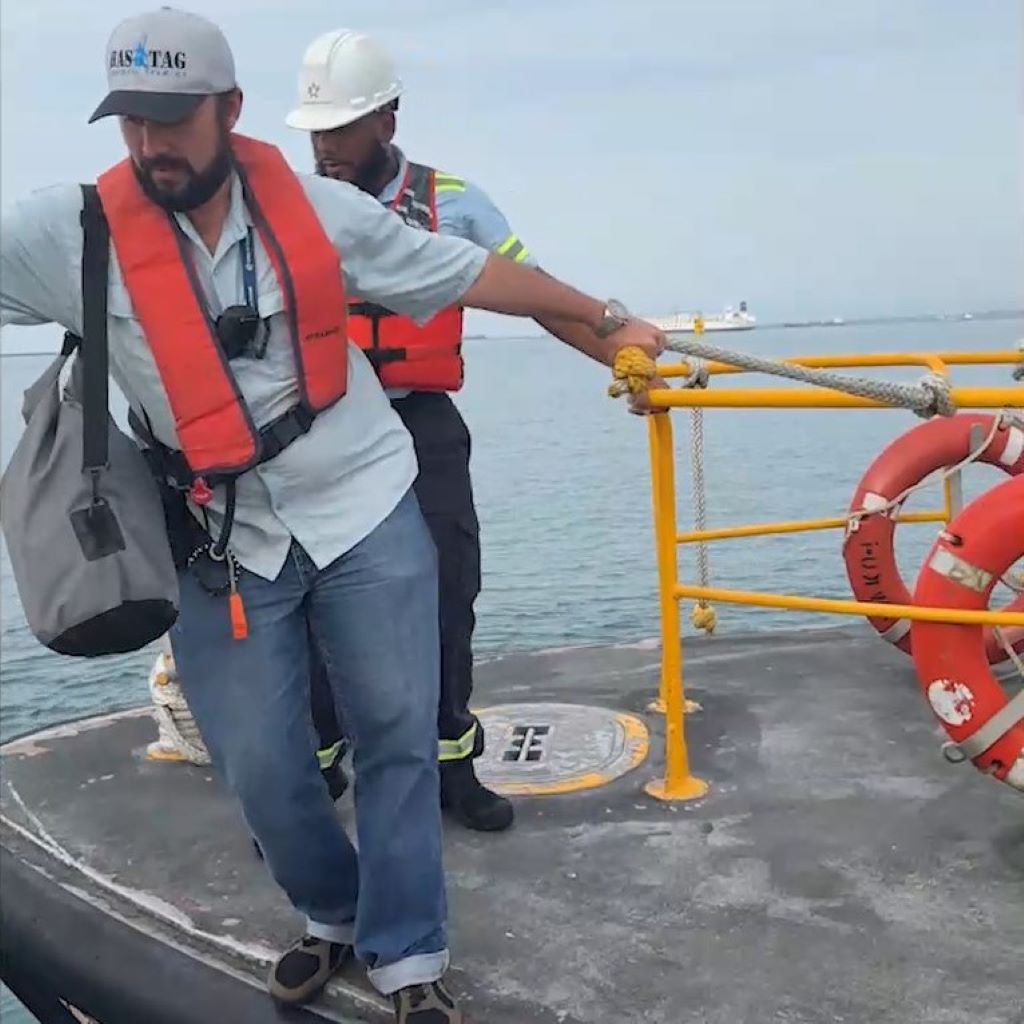
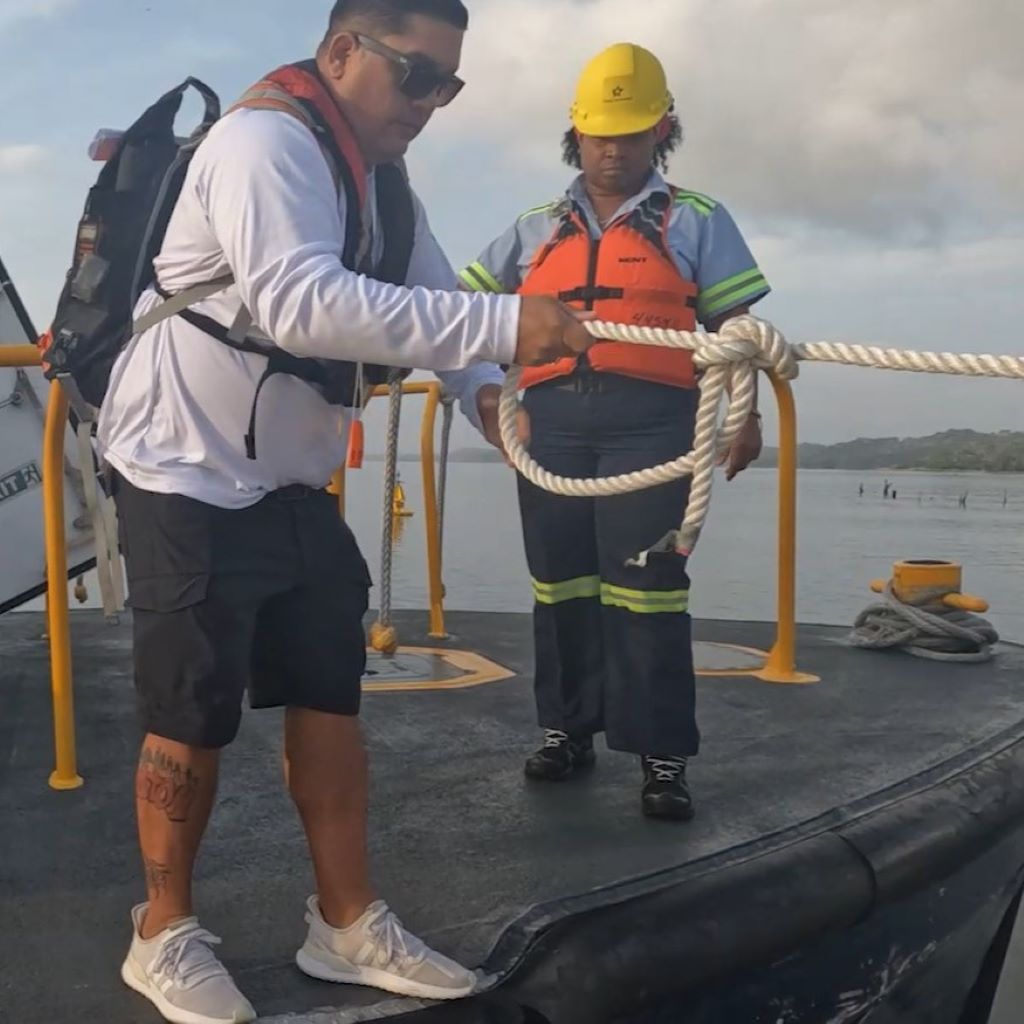
Termin
meeting
Die Mitarbeiter der Kanalbehörde sprechen alle hervorragend Englisch. Ein weiterer Anruf einen Tag vor dem vereinbarten Termin dient der Information, ob die Übernahme des Advisors morgens um 04:00 oder nachmittags um 04:00 in der Anchorage vor der Shelter Bay Marina erfolgt – Nautischer Wegpunkt in der Bio. Bei einem Start am Morgen kann die Passage des Kanals in einem Tag erfolgen – kann. Bei einem Start am Nachmittag ist in jedem Fall von einer Übernachtung auf dem Gatun-See auszugehen.
The canal authority employees all speak excellent English. Another call one day before the agreed appointment is to inform whether the advisor will be taken over in the morning at 04:00 or in the afternoon at 04:00 in the anchorage in front of the Shelter Bay Marina – nautical waypoint in the bio. With a start in the morning, the passage of the canal can be done in a day – can. If you start in the afternoon, you can definitely expect to spend the night on Lake Gatun.
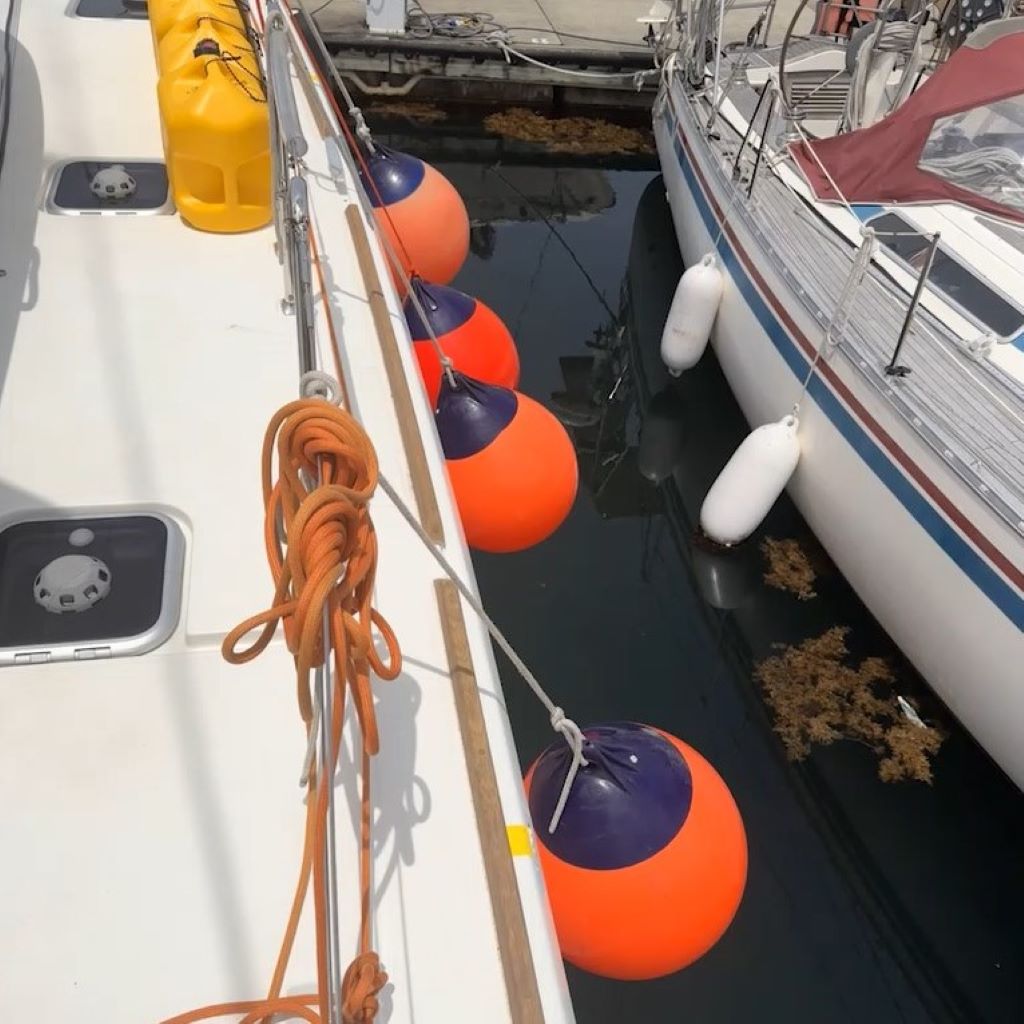
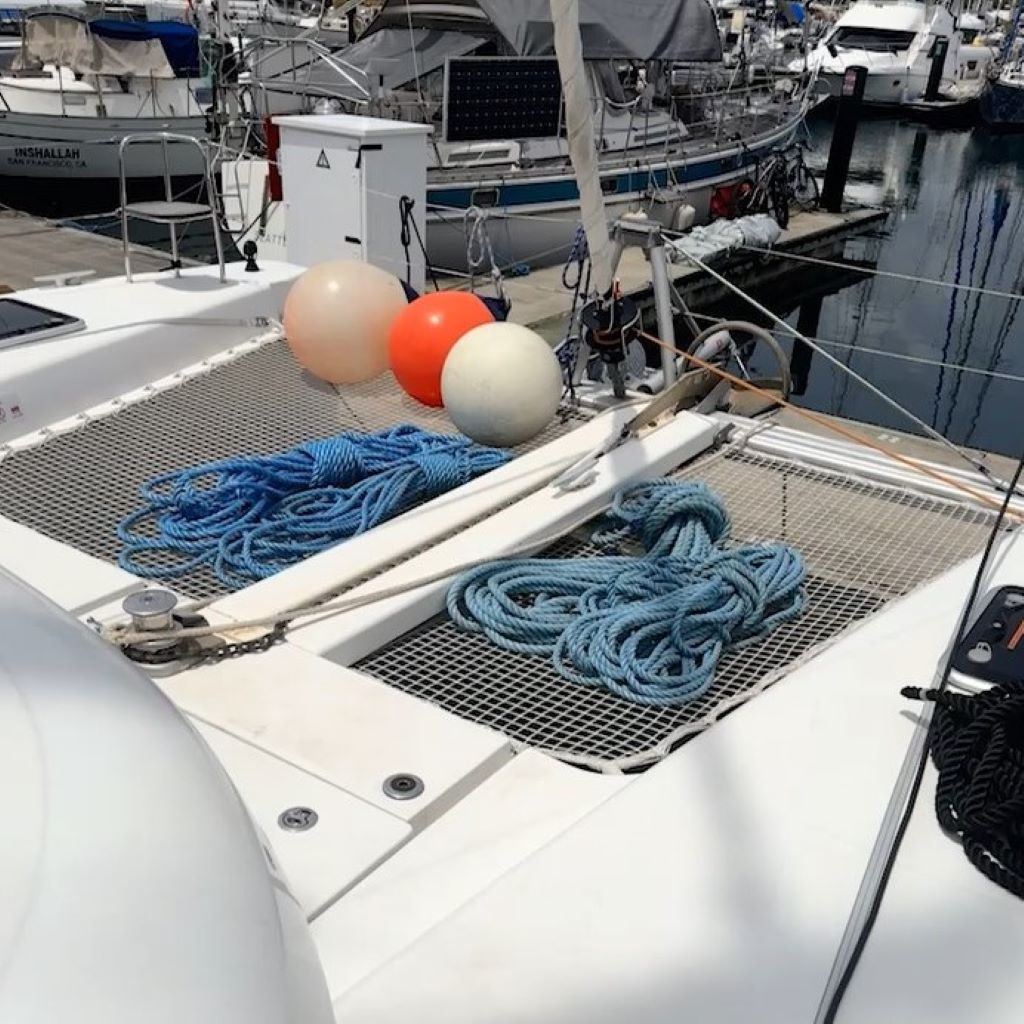
Besatzung
crew
Die Besatzung eines Kleinschiffes besteht dabei aus dem Skipper, vier Linehandler und dem Advisor. Um ausreichend Linehandler zu finden, gibt es die WhatsApp-Gruppe „Panama Canal Linehandler Exchange“. Es ist üblich, dass die Arbeit der freiwilligen Linehandler unentgeltlich erfolgt, jedoch die Kosten der Rückfahrt per Taxi oder Uber übernommen wird – aktuell 80 $. Professionelle Linehandler werden durch die Agenten vermittelt. Einige Tage vor dem Passagetermin sind die vorgeschriebenen 40 m-Leinen und ausreichend Kugelfender über die Agenten zu bestellen. Wir hatten zusätzlich 6 Kugelfänder und haben 140 $ gezahlt. WhatsApp-Nummern einiger Agenten findet ihr in der Bio.
The crew of a small ship consists of the skipper, four line handlers and the advisor. To find enough linehandlers, there is the WhatsApp group “Panama Canal Linehandler Exchange”. It is common for volunteer linehandlers to work unpaid, but the cost of the return trip by taxi or Uber is covered – currently $80. Professional line handlers are provided by the agents. A few days before the passage date, the prescribed 40 m lines and sufficient ball fenders must be ordered through the agents. We had an additional 6 ball fenders and paid $140. You can find WhatsApp numbers for some agents in the bio.
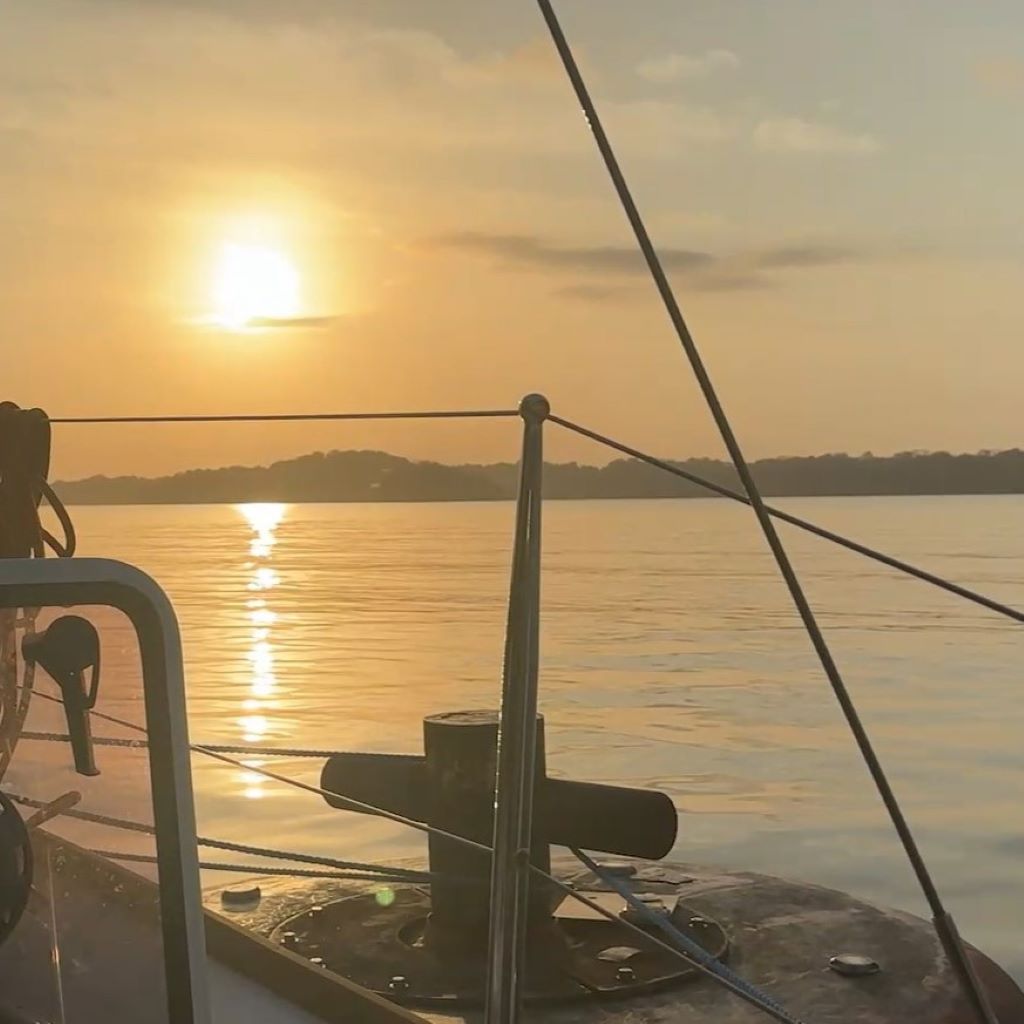
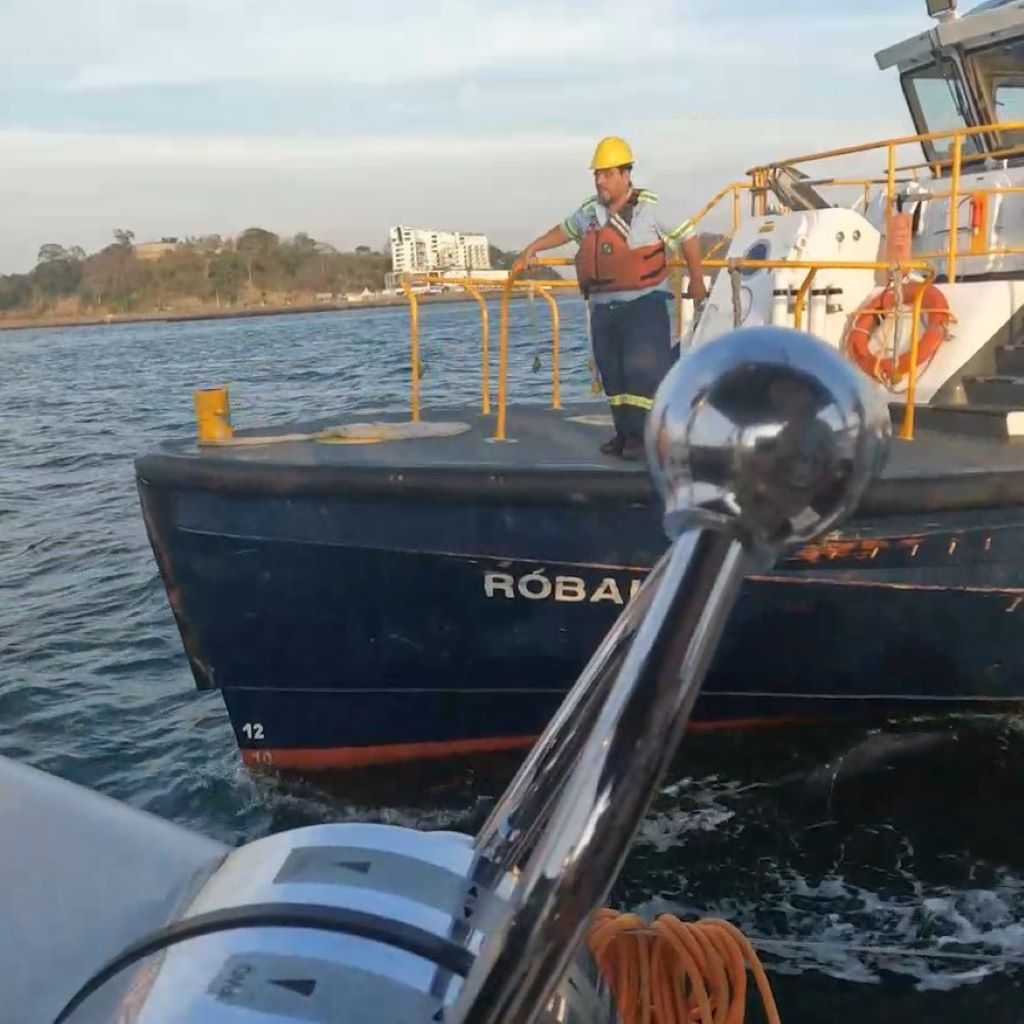
Der Ablauf der Passage
The course of the passage
Der Ablauf der Passage kann sehr unterschiedlich sein. Wir selbst sind am Nachmittag gestartet und haben an den Bojen hinter den ersten 3 Schleusen auf dem Gatunsee übernachtet. Um 07:30 des nächsten Morgens kam der neue Advisor an Bord und hat uns bis in den Pazifik und somit durch die 3 Pazifik-Schleusen begleitet. Hier erreichten wir die Anchorage La Playita kurz vor Sonnenuntergang. Mit der Bobby G sind wir am frühen Morgen gestartet und am selben Tag ebenfalls kurz vor Sonnenuntergang angekommen. Eine befreundete Yacht startete am Morgen, musste dann aber an die Bojen kurz vor den Pazifik-Schleusen. Die Reise ging erst am nächsten Tag weiter. Kurzum, alles ist möglich. In jedem Fall ist die Fahrt mit viel Warten verbunden, ist aber voller faszinierender Eindrücke. Zum Teil ist es spannend, z.B. wenn der Advisor an Bord kommt – oder von Bord geht – oder bei den Manövern von Schleuse zu Schleuse.
The course of the passage can be very different. We started in the afternoon and spent the night at the buoys behind the first three locks on Lake Gatun. At 7:30 the next morning the new advisor came on board and accompanied us into the Pacific and through the 3 Pacific locks. Here we reached the anchorage La Playita just before sunset. We started with the Bobby G early in the morning and arrived shortly before sunset on the same day. A friends yacht started in the morning, but then had to go to the buoys just before the Pacific locks. The journey didn’t continue until the next day. In short, everything is possible. In any case, the journey involves a lot of waiting, but is full of fascinating impressions. Sometimes it’s exciting, for example when the advisor comes on board – or leaves – or during the maneuvers from lock to lock.
Agents:
Stanley Scott +507 6523-3991
Rogelio de Hoyos +507 6717-6745
Erick Galvez +507 6676-1376
Pancanal Authority:
https://asem.pancanal.com/
+507 272-4202
WhatsApp:
Panama Canal Linehandler Exchange
Meeting Point Shelter Bay Anchorage
N 09 22.195 – W 079 56.532
umfassende Informationen der Kanalbehörde:
further informations of the Canal Authority:
so haben wir die internationale Überweisung ausgefüllt:
how we filled in the international transfer:
Empfänger: Autoridad del Canal de Panama
Straße: Administration Building
Ort: Balboa, Ancon
Land: Panama
IBAN / Kontonummer: 0550305054
BIC / Swift-Code / ABA: CITIPAP10PC
Kreditinstitut: CITIBANK, N.A.
Land: Panama
